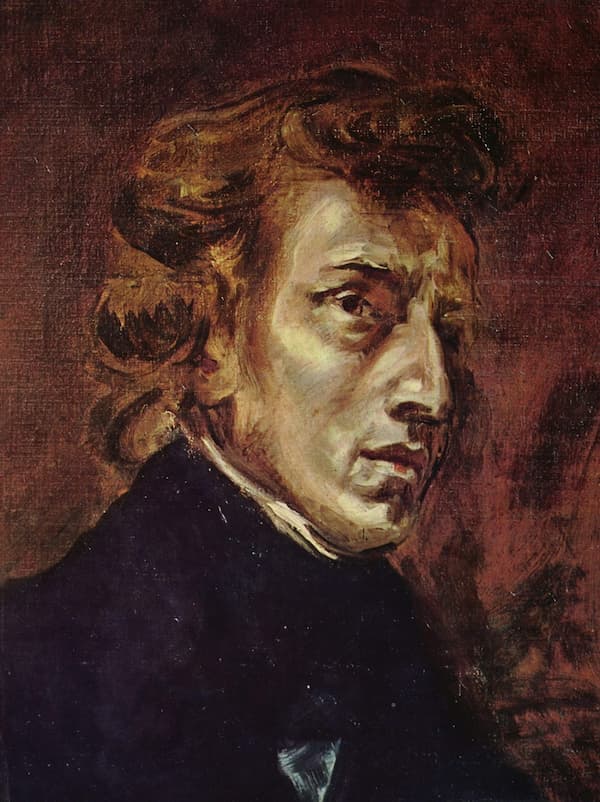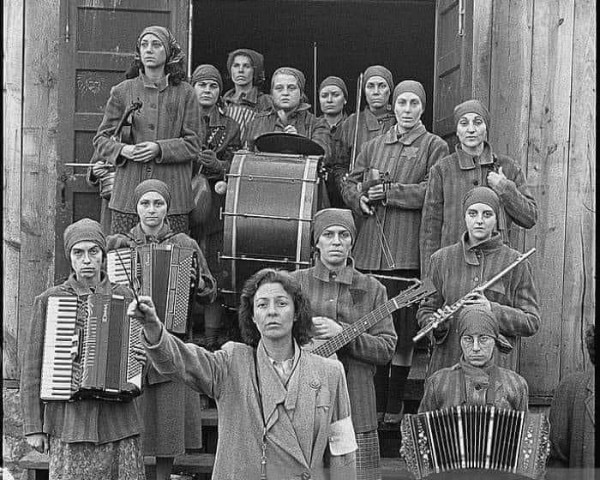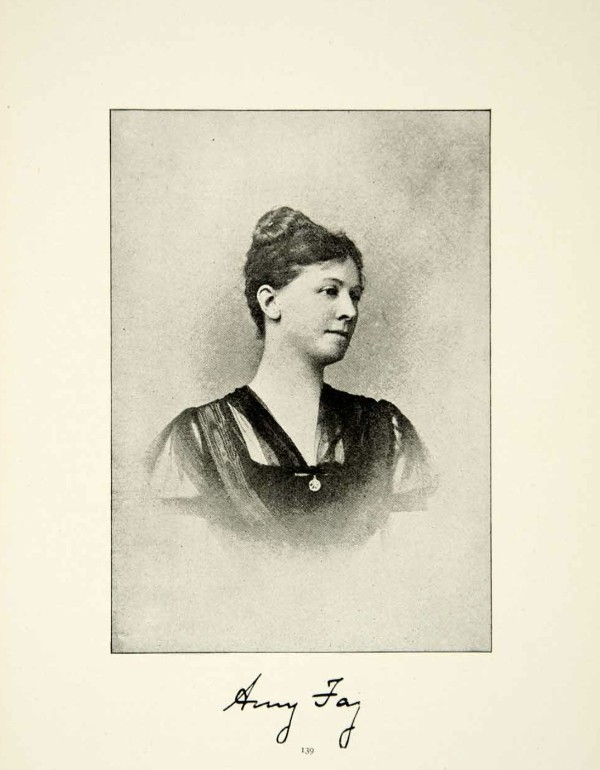Robert Schumann’s solo piano music is primarily remembered and celebrated for its shorter character pieces. Carnaval and Kreisleriana beautifully encapsulate his gift for miniature forms and programmatic imagery.
While revered by musicologists and pianists for their emotional depth and innovative structure, the 3 piano sonatas by Robert Schumann have not achieved widespread popularity. One primary reason lies in their complex and introspective nature, which demands significant interpretive effort from both performers and listeners.
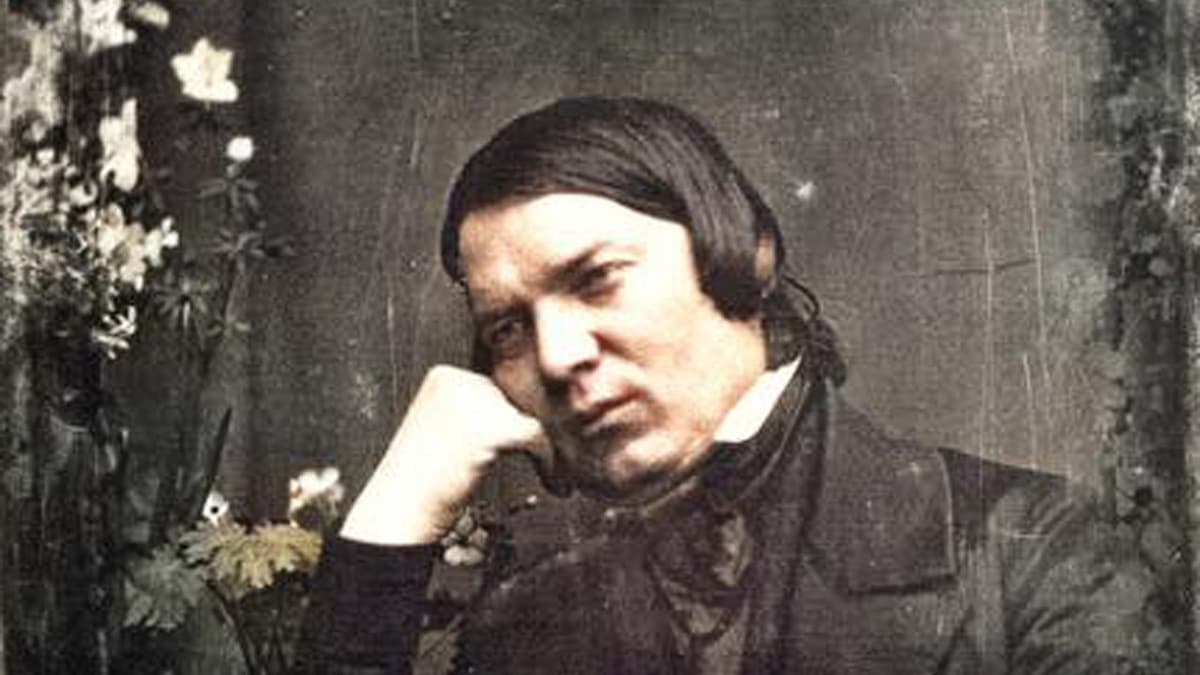
Robert Schumann, 1850 © pianolit.com
Schumann’s piano writing, with its thick chordal passages, rapid shifts in mood, and intricate inner voices, requires not only virtuosic skill but also a deep understanding of his idiosyncratic style, which blends Romantic expressivity with a quasi-literary narrative approach. Devoid of surface brilliance, Schumann’s sonatas demand a performer capable of navigating their emotional and structural complexities without the payoff of immediate audience appeal.
The F-sharp minor Sonata
Robert Schumann: Piano Sonata No. 1 in F-sharp minor, Op. 11
Robert Schumann’s Piano Sonata No. 1 in F-sharp minor, Op. 11, composed between 1833 and 1835, stands as a monumental yet underappreciated work in the Romantic piano repertoire, its relative obscurity stemming from its structural complexity and emotional intensity. Dedicated to his future wife, Clara Wieck, the sonata embodies Schumann’s characteristic blend of poetic introspection and formal experimentation, reflecting his alter egos Florestan and Eusebius in its contrasting moods of fiery passion and lyrical tenderness.
Transforming Dance and Song
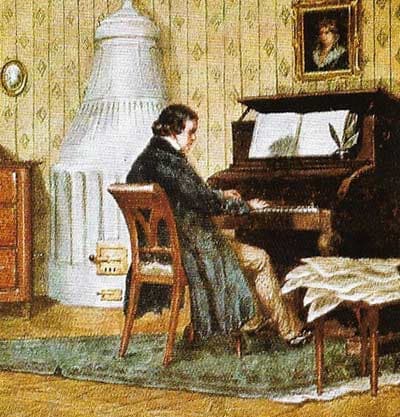
The first movement grew from a “Fandango,” but trying to convert dance measures into a sonata-form argument presented Schumann with problems not wholly overcome. The opening pages are labelled as an “Introduzione,” but when the material reappears in the ensuing “Allegro,” it acts as an interruption to the music’s developmental flow. Schumann described the slow movement as an “Aria,” and it is in fact a transcription of one of his earlier songs. Described as “a song of great passion, expressed with fullness and calm”, the piano version plunges into new keys instead of modulating conventionally.
In the third movement, Schumann presents a through-composed scherzo with two trios, sporting a number of structural and melodic surprises. In fact, the scherzo returns at the wrong pitch and takes several measures to appear in the correct key, “a typically Schumannesque touch.” We find plenty of orchestral sonorities in the finale, from deep tremolos in the bass to exposed drum rolls. Essentially, the movement is a sonata-rondo based on a duple-meter “forces into the strait-Jacket of three beats to the measure.”
A Long Cry from the Heart
Schumann later described the work as a “one long cry from the heart to you,” and the sprawling architecture and unconventional development “feels more like a psychological journey than a traditional musical argument.” This complexity, while intellectually rewarding, can render this sonata less immediately accessible. And as Charles Rosen writes, “The technical demands, such as rapid scalar passages, dense chordal textures, and intricate polyrhythms, require a performer with both virtuosic skill and a deep understanding of Schumann’s idiosyncratic style, limiting its frequent inclusion in recital programs.”
The F-minor Sonata
Robert Schumann: Piano Sonata No. 3 in F minor, Op. 14 (Concerto Without Orchestra 1853)
In the summer of 1836, Schumann completed the biggest part of his Piano Sonata in F minor, published as Op. 14. Composed during what Schumann called “his darkest period,” when he was completely separated from Clara, the work is often referred to as the “Concerto Without Orchestra.” The sonata was originally conceived in five movements, with the slow movement framed by two scherzos. The central movement, in keeping with the overall sentiment of that period, consists of a set of variations on a piece by Clara Wieck.
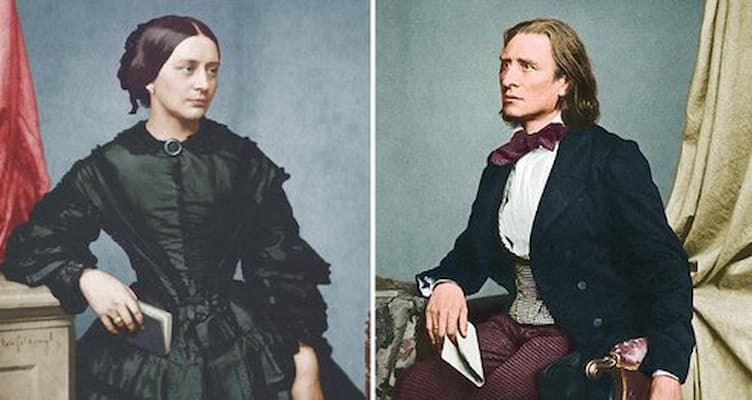
Colorised images of Clara Schumann and Franz Liszt © Creedelback/Reddit
It was probably the publisher Tobias Hasling who persuaded Schumann to drop both scherzos in order to market it under the title “Concert sans orchestra.” Nobody much liked that idea, and Iganz Moscheles, to whom the work was dedicated, was decidedly unhappy. In the event, the three-movement version appeared in October 1836, but Schumann revised the work in 1853. He then called it a “Grande Sonata” that restored one of the scherzos and revised the finale.
Structural Experiment and Emotional Depth
The opening of the initial “Allegro” is continuously developmental, setting the tone for the dramatic intensity of the work. Featuring bold thematic contrasts and dynamic shifts, the work is rich in contrapuntal interplay, disclosing Schumann’s struggle to balance lyrical expressiveness with formal rigour. The rescued “scherzo” now becomes the second movement, and it features a somewhat repetitive central trio section.
The central variation movement openly acknowledges Clara, in a way that enshrines Clara’s image for them both. It is a curious three-part theme, with each of the four-measure phrases repeated. It has been called the “composer’s most perfect and beautiful sonata movement.” In the revised version, Schumann changed the time signature of the finale from 6/16 to a simple 2/4. He did not attempt to tighten the musical argument, which was intended as a sonata form with three subjects. Johannes Brahms gave the first public performance in 1862, but the work never really caught on.
Balancing Innovation and Introspection
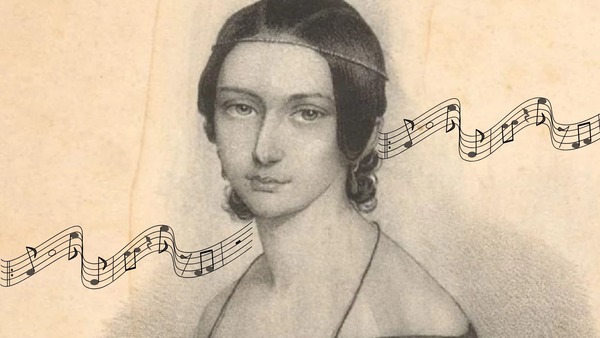
Clara Schumann
The work’s complex structure challenges conventional sonata expectations “with its episodic character and thematic fragmentation.” As Larry Todd writes, “The dense textures, abrupt mood shifts, and demanding technical requirements, such as rapid passagework and intricate counterpoint, require performers to navigate a delicate balance between virtuosity and emotional depth, which can deter less experienced pianists.”
Additionally, the sonata’s introspective and sometimes enigmatic quality, reflective of Schumann’s inner psychological struggles, contrasts with the more immediate melodic appeal of his shorter character pieces or the works of contemporaries like Chopin, rendering it less accessible to general audiences. Schumann’s bold experimentation remains a niche masterpiece, and as Misha Donat writes, “that it is a problematic piece is undeniable, but it is among Schumann’s most passionate utterances, and one that deserves a wider audience.”
The G-minor Sonata
Robert Schumann: Piano Sonata No. 2 in G minor, Op. 22
Schumann composed the Sonata No. 2 in G minor, opus 22, over a number of years. The second movement dates from June 1830, and the first and third movements emerged in June 1833. The original Finale dates from October 1835, but Clara objected to this movement, and Schumann composed a new conclusion in Vienna in December 1838.
Schumann went through the usual agonies of self-doubt and self-criticism as he wrote to Clara in March 1838, “you are pretty right about the last movement of the sonata. It displeases me to such a degree that I have discarded it altogether. And I have come back to my original conception of the first movement, which you have not heard, but I am sure you will like.”
Motif-Driven Intensity and Structural Innovation
The opening movement, marked “as fast as possible”, builds around the characteristic motif that also figured prominently in the F-minor Sonata. Schumann transitions to a syncopated chordal second theme that also incorporates that falling motif. The development relies on repetition and variation rather than extensive transformation, and it all concludes with a dramatic coda. The second movement is based on an earlier Schumann song, while the “Scherzo” is the most condensed of all Schumann’s sonata movements.
It lacks the traditional Trio, but instead offers a brief eight-measure subordinate passage. With repeats, the entire movement only spans 82 measures, and it is based on the all-pervasive falling motif. The newly-composed finale is headed “Rondo,” but the form is nevertheless a compromise between rondo and sonata. It features a first subject, a contrasting section in the relative major, a closing passage, and a quasi-development, with the sequence repeated but shifted to E-flat for the second theme. The rondo-like return of the first subject leads to a dramatic pause followed by a “Prestissimo” and a “Quasi Cadenza Coda” with Schumann demanding “ever faster and faster.”
Fusion of Form and Romantic Fervour
Clara Schumann eventually expressed the greatest admiration for a work, which, to her, “expressed so clearly Schumann’s whole being. Her criticism of the original finale arose from her fear that the public and even connoisseurs would not understand. Revision aside, as Leon Plantinga argues, “its relentless drive and complex thematic development still pose significant challenges.”
And Misha Donat argues that while the sonata’s “compact form and fiery intensity make it one of Schumann’s most compelling large-scale works,” its lack of overt programmatic content and its rigorous demands on performers have limited its appeal to a broader audience. Until recently, the Piano Sonata No. 2 was primarily celebrated by scholars and dedicated performers, but it has since been taken up by a new generation of pianists.
Sonatas for the Young
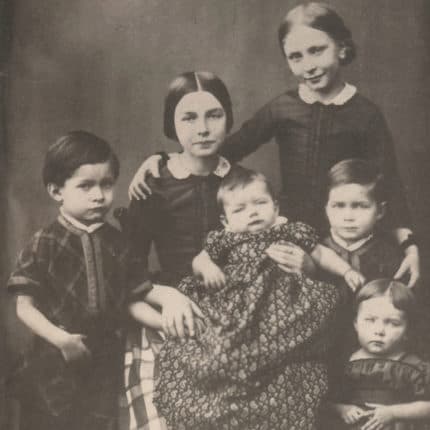
The Schumann children
Robert Schumann: Piano Sonata in G Major, Op. 118, No. 1 (Peter Frankl, piano)
Robert Schumann composed 3 more piano sonatas, specifically the 3 Sonatas for the Young, in 1853. Issued as Op. 118, this set of three sonatas was composed for his daughters Julie, Elise, and Marie. These sonatas represent a unique contribution to Schumann’s piano oeuvre, as they were designed as pedagogical works for young pianists. However, they are all imbued with his characteristic emotional depth and structural ingenuity.
Unlike his earlier piano sonatas, which grapple with complex forms and virtuosic demands, Op. 118 adopts a simpler, more accessible style tailored to developing pianists with concise movements and clear thematic material. However, as has been noted, their pedagogical intent limits their expressive scope compared to Schumann’s more ambitious work.
The straightforward structures of these sonatas, each comprising three or four short movements, lack the dramatic contrasts and technical bravura that define Schumann’s earlier sonatas. Within his focus on juvenile performers, Schumann presented a relatively modest expressive range that makes them less appealing to professional performers seeking recital showpieces.
Introspective Restraint and Limited Appeal
Robert Schumann: Piano Sonata in D Major, Op. 118, No. 2 (Jinsang Lee, piano)
These sonatas also suffer from limited popularity as they emerged during a period when Schumann was dealing with declining mental health and a shift toward more introspective, less ostentatious compositions. Larry Todd observed that these sonatas “reflect Schumann’s late-style preoccupation with clarity and economy, yet their simplicity can feel restrained compared to the poetic exuberance of his earlier piano works.”
Clara Schumann, while supportive of her husband’s music, rarely performed Op. 118, focusing instead on his more celebrated earlier works. Misha Donat argues that Schumann’s larger-scale sonatas, despite their challenges, offer “passionate utterances that overshadow the delicate, almost private character of Op. 118, which lacks the programmatic allure that captivated Romantic audiences.” While appreciated by educators and young pianists for their pedagogical value, Op. 118 remains confined to specialised audiences and performances.
Emotional Depth and Evolving Recognition
Robert Schumann’s piano sonatas represent a profound yet underappreciated facet of his oeuvre. The earlier sonatas, Opp. 11, 14, and 22 showcase Schumann’s bold experimentation with form, blending Romantic expressivity with a restless, often fragmented approach to sonata structure that challenges both performers and listeners.
The 3 Sonatas for the Young, while more accessible due to their pedagogical intent, lack the dramatic scope and virtuosic allure of his earlier works, confining their appeal to educational settings. Despite their niche status, Schumann’s piano sonatas have begun to experience a revival among contemporary pianists who value their emotional depth and structural innovation, signalling a growing appreciation for their unique place in the Romantic repertoire.
The introspective quality of the Schumann sonatas, coupled with the late-style restraint of Op. 118 reflects a composer grappling with both artistic ambition and personal turmoil. According to Eric Sams, they “offer a window into his complex musical psyche.” While they may never rival the popularity of his shorter, more evocative works, the piano sonatas remain a testament to Schumann’s daring creativity, deserving of greater exploration by performers and scholars willing to engage with their profound, if demanding, artistry.
For more of the best in classical music, sign up for our E-Newsletter
Robert Schumann: Piano Sonata in C Major, Op. 118, No. 3 (Tobias Koch, piano)

